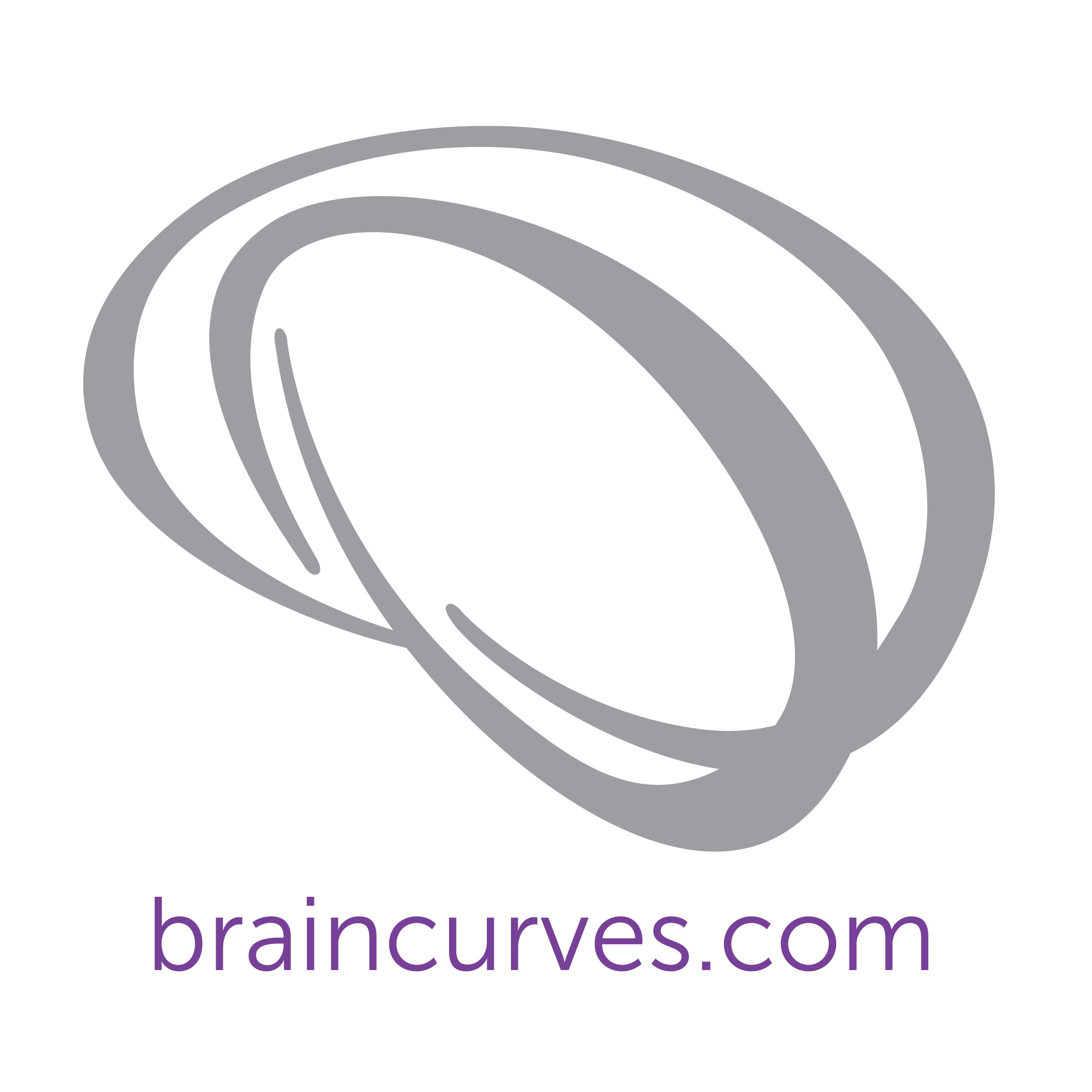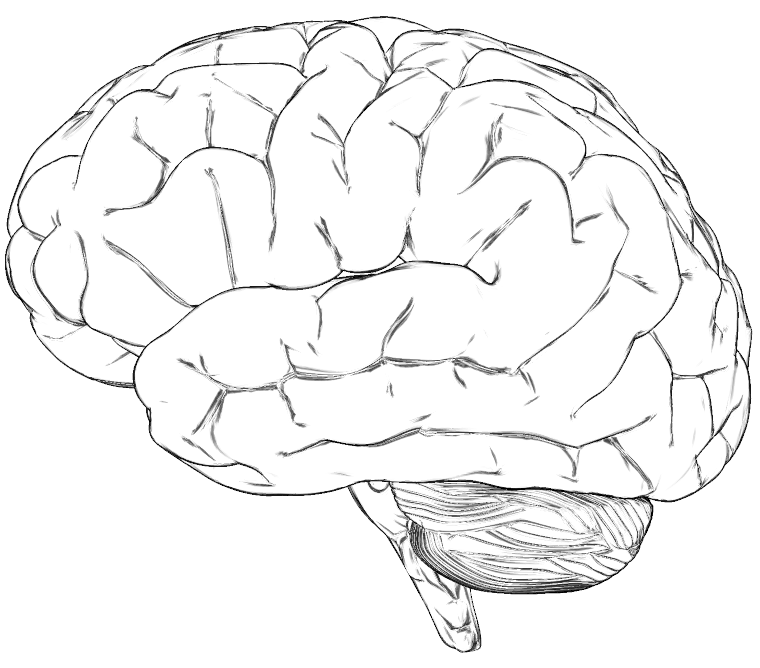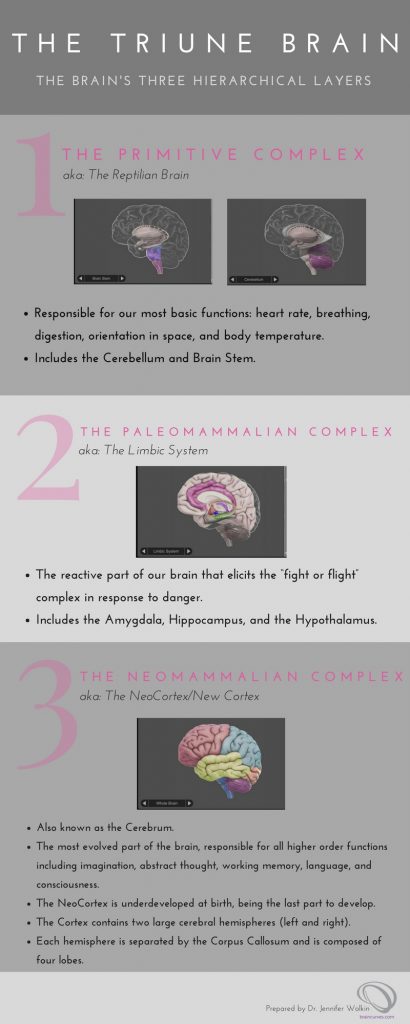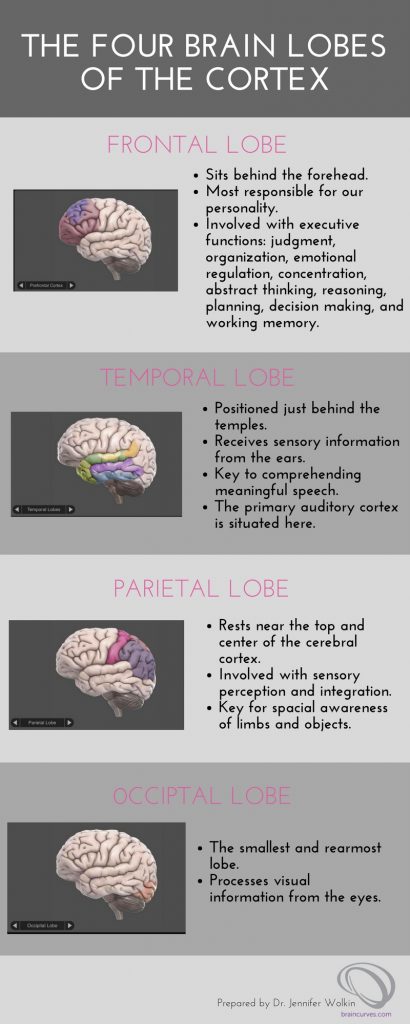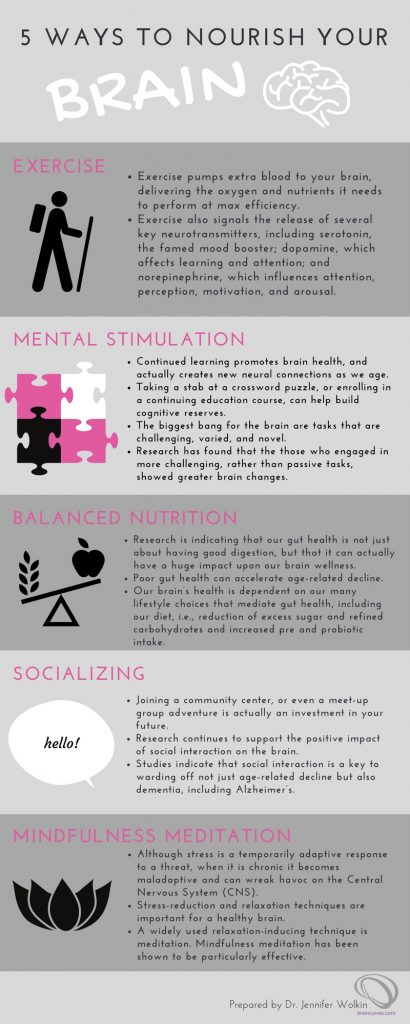Live your best life: Mindfully control your brain’s reaction to stress
Did you know that the brain’s “stress center,” the amygdala, shrinks post mindfulness practice? In addition, the functional connections between the amygdala and the prefrontal cortex are weakened. This allows for less reactivity to life’s basic stresses, and paves the way for higher order brain functions to be strengthened (i.e. attention, concentration, etc.)

The impact that mindfulness exerts on our brain is borne from routine: a slow, steady, and consistent reckoning of our realities, and the ability to take a step back, become more aware, more accepting, less judgmental, and less reactive. Just as playing the piano over and over again over time strengthens and supports brain networks involved with playing music – mindfulness over time can make the brain, and thus, us, more efficient regulators, with a penchant for pausing to respond to external stimuli instead of mindlessly reacting.
The amazing thing about mindfulness is that you can apply it to any action you engage in on a daily basis; cooking, cleaning, walking to work, talking to a friend, driving – or even drawing or coloring!
Why coloring? Well, for one, we all need to embrace our inner child! As adults, we don’t do enough coloring, or any type of play for that matter. Did you know that play can help reduce stress? Also, believe it or not, coloring utilizes areas of the brain that enhance focus and concentration, and nurturing attention is one of the mechanisms by which mindfulness leads to well-being.
That is helpful, because when we are engaged “on purpose” in a particular task, by focusing on it instead of remaining on autopilot, then our negative and unhelpful thinking seems far away (i.e. isn’t on our minds!) Our minds literally can’t focus on both at the same time.
Yet, it should not be seen as just a distraction from really dealing with our “problems”. By engaging in this exercise, we can continue to deepen our ability to be mindful and train our mind to stay in the present moment rather than habitually straying into unhelpful thoughts about the past or future, to rather stay non-judgmentally present to our every sensation as it unfolds. In this way, we are better equipped to calmly approach our anxiety and parse out if it is a real or imagined stress.
How to practice mindful coloring:
- Start with colored pencils, or crayons or any other drawing/coloring tool that feels right to you.
- Take a moment to notice the feeling of these instruments in your hand. Their weight, texture, the engineering that went into their creation…
- Then, listen to your gut, and start to color without too much thought about it. Don’t analyze your drawing, rather, just let what comes organically come. Try not to edit.
- If you want, you can print multiple pages so you can do this over and over again.
- See if you can focus also on the act of coloring itself as you are engaged in it. Here are some cues for you:
- How does your hand move across the page? You might even want to spend some time following it.
- How do the different strokes look? Notice the difference between using the sharp edge vs. the side of the pencil.
- How do the different colors (if you are using multiple colors) add to the different parts of the image?
- Notice, without judgment, as your drawing unfolds.
What does your unique brain look like?
In my ‘The Grand Conductor’ packet, we go through the biology of the brain, as well as the latest research on how to keep it in tip-top shape, but at the end of the day, it’s important to remember that we’re just brains studying brains. We’re limited in our understanding of the brain by the virtue of the very thing we’re using to study it!
In addition, just as every individual is unique, so is each brain different from the next, and, moreover, constantly changing as we age! So, let’s all open our minds (see what I did there?) and learn more about ours, and each other’s, unique brains.
Print out the brain image below and color it in however you please! Remember to try to practice staying mindful during the process. Let it reflect the latest brain science (learn more from the infographics at the bottom of this blog!) or let it reflect your own personal understanding of self. Whatever you decide – Let your mind soar! Keep in mind, it’s not about being an artist, in fact, no artistic skill is necessary. Just dive in and notice, again, without judgment, what the process is like for you. I’m going to do this as well, and share it on my social media pages, so stay tuned!
When you are finished, please, #ShareYourBrain on social media and tag @BrainCurves!
